Apple's third-generation Apple Watch Ultra is expected sometime in 2025, and is rumored to include satellite messaging, along with some form of hypertension monitoring.
The upgrade to self-contained satellite communication would enable users to rely less on their iPhones for messaging and emergency calls in remote areas, potentially lightening the load for outdoor enthusiasts. The feature is likely to be exclusive to the third-gen Apple Watch Ultra, the current generation of which retails for $799.
To be clear, the addition of satellite communication and geolocation features in the Apple Watch Ultra would assist with emergency situations, but not replace the overall usefulness of the iPhone. It would, however, make it easier to summon help quickly, if needed, by having the device already available on one's wrist, rather than packed away.
Hypertension alerts may also be coming soon
The next Apple Watch Ultra — as well as possibly the regular annual Apple Watch update in 2025 — could also see the long-awaited debut of a new medical feature: hypertension detection. Current thinking, as reported by Bloomberg, is that the feature would not provide traditional blood pressure readings.
Instead, the feature would simply send alerts when users are in a state of hypertension, similar to how the current sleep apnea alert feature works. Rather than provide specific blood-pressure results, it would simply alert users when blood pressure is outside of a normal range.
Traditional blood pressure monitoring devices rely on a cuff strapped around the upper arm. The cuff is then inflated to put pressure on the area, making the heart's systolic and diastolic circulatory pumping more easily detectable.
Apple's present aim is to have future Apple Watch models monitor trends, alerting users to changes. The alerts would then suggest traditional blood-pressure cuff readings and physician assistance to confirm the information.
This is similar to how future non-invasive blood glucose readings from the Apple Watch — another feature Apple hopes to introduce in the future — would work. Rather than offer blood-sugar readings, light sensors on the bottom of the Apple Watch would analyze changes in blood chemistry, with a method use similar to the way the device currently measures pulse rates to determine trends.
Other more invasive devices already exist to help those with diabetes and similar conditions monitor their blood glucose levels. The Dexcom G7 glucose meter, for example, uses a disc with a small needle in it that adheres to the skin to directly read blood glucose levels.
These devices then wirelessly transmit the information gathered directly to the iPhone or Apple Watch.
The two future Apple features would combine to further position the Apple Watch as a mainstream health and safety device, rather than a medical device. This approach would still provide users with useful health and communication abilities, while avoiding having health features delayed or not included due to regulatory and other technical challenges.
 Charles Martin
Charles Martin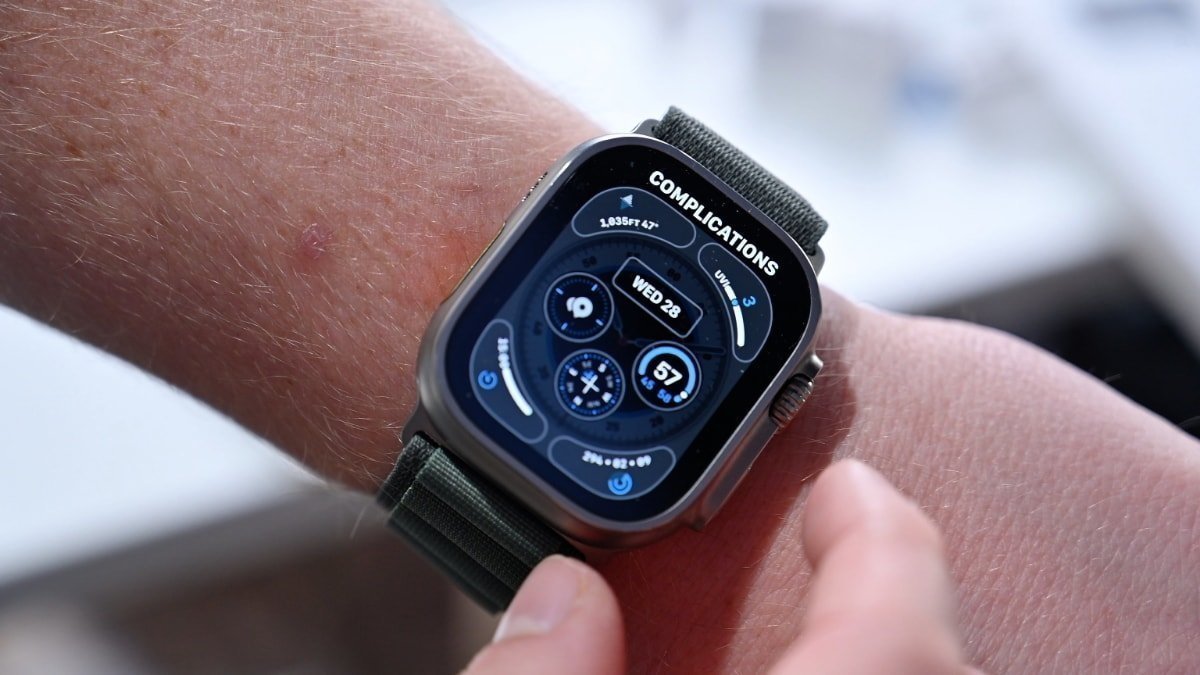

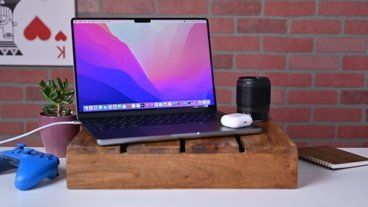
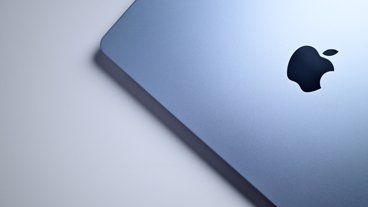

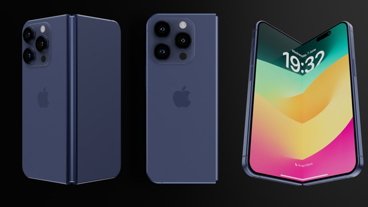


-m.jpg)





 Amber Neely
Amber Neely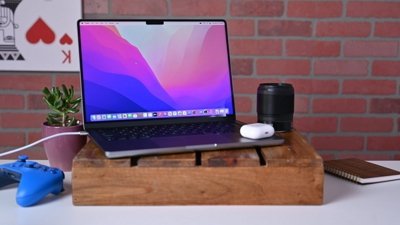
 Malcolm Owen
Malcolm Owen

 William Gallagher
William Gallagher
 Andrew O'Hara
Andrew O'Hara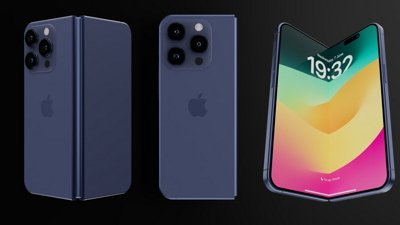
 William Gallagher and Mike Wuerthele
William Gallagher and Mike Wuerthele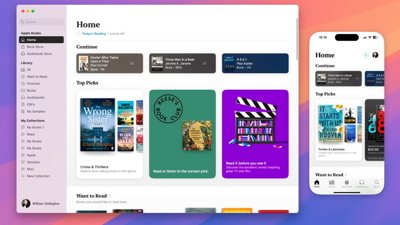

 Mike Wuerthele
Mike Wuerthele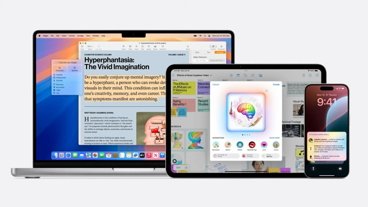
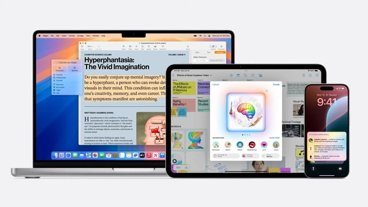

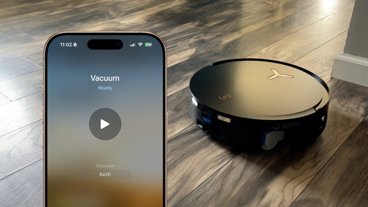
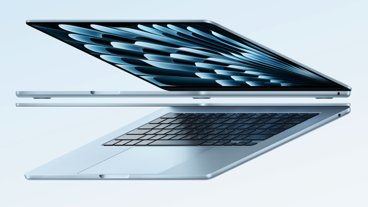

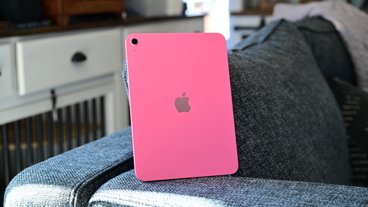


6 Comments
I didn't know that hypertension detection was possible in a watch. I hope this happens.
I expect I am in the minority here. But what I want most is an Apple Watch that will last the entire day on Cellular with no iPhone in range.
Satellite messaging is quite likely. Hypertension though is difficult and I would be surprised to see it anytime soon.
Hypertension detection. You will need it once the holidays are over and the credit card statements start arriving in your inbox. Apple hardware, gifts for people you don't even like who taken them back on Boxing Day, all the parties you have hosted, trips you have taken. The Apple Ultra will need more than just hypertension detection, if will need SOS alert once you fall over from a heart attack or stroke.